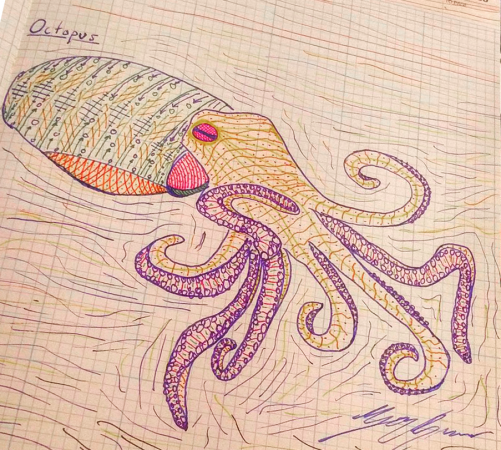-
 EducationHi, I’m Ilya Chugunov, a rising sophomore at UC Berkeley, majoring in Electrical Engineering and Computer Science. My hobbies include: hiking, archery, and pondering deeply about why my code doesn’t compile. As a member of the Backyard Brains fellowship this summer I will be studying the fascinating, and possibly unseen, behaviors of the California Two […]
EducationHi, I’m Ilya Chugunov, a rising sophomore at UC Berkeley, majoring in Electrical Engineering and Computer Science. My hobbies include: hiking, archery, and pondering deeply about why my code doesn’t compile. As a member of the Backyard Brains fellowship this summer I will be studying the fascinating, and possibly unseen, behaviors of the California Two […]